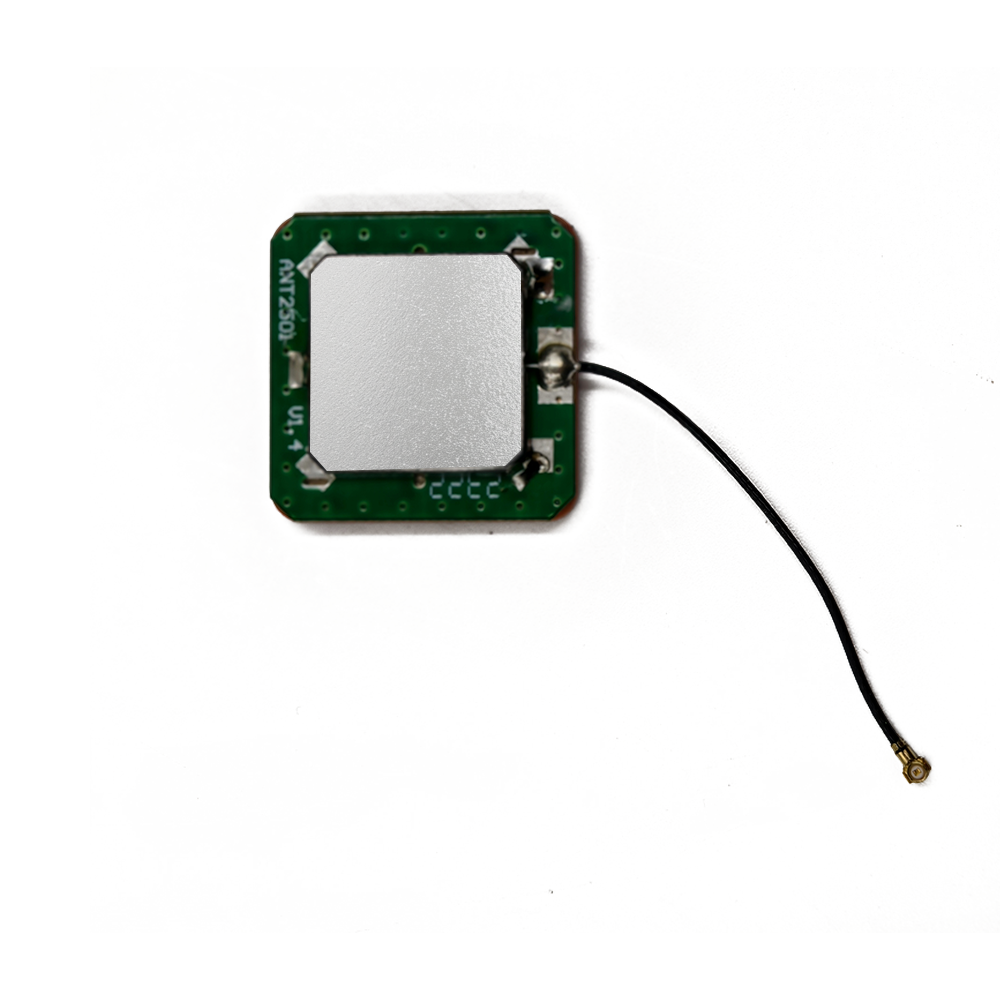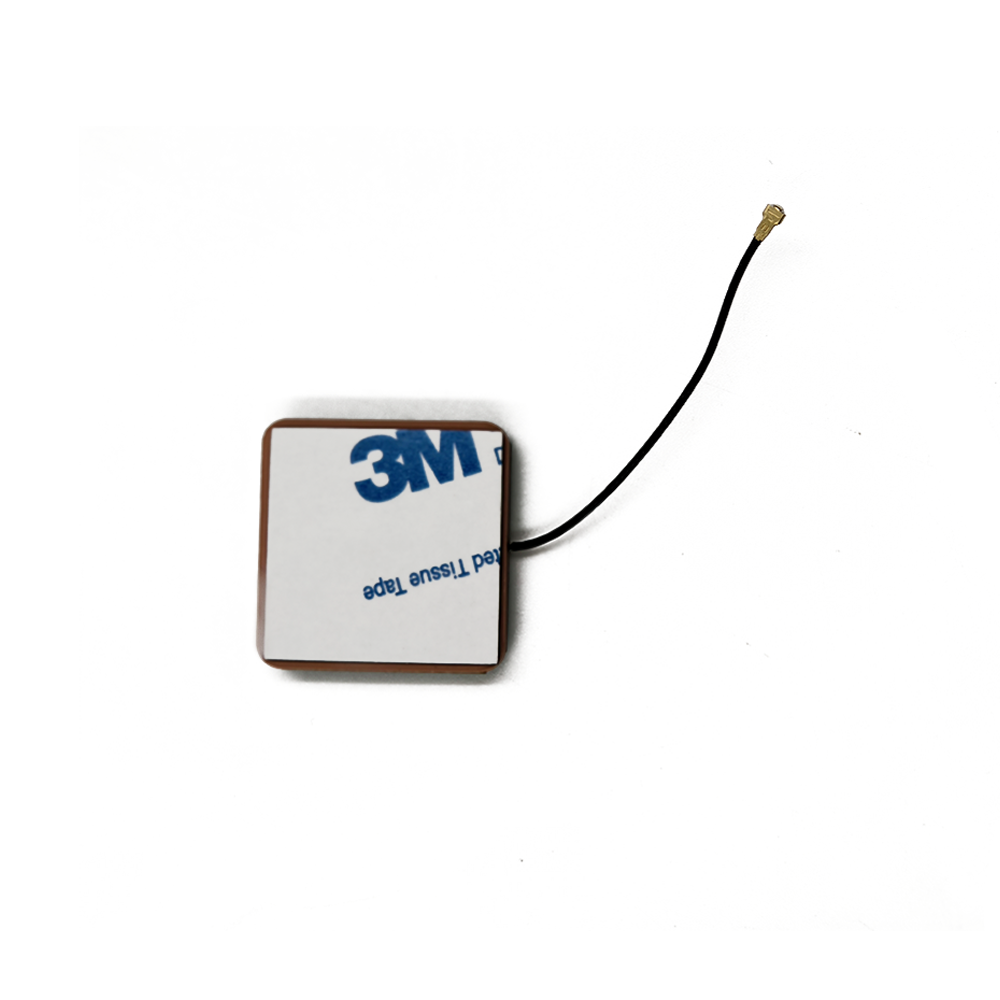Multi-band active ceramic patch GNSS antennas find applications across a wide range of industries, driven by the increasing demand for high-precision positioning solutions. As technology continues to evolve, new applications and trends are emerging that will shape the future of these antennas.
Current Applications
1. Automotive Navigation
Multi-band active ceramic patch GNSS antennas are used in vehicle navigation systems to provide accurate and reliable positioning data, enabling features such as real-time traffic updates, route optimization, and autonomous driving assistance. The antennas' compact size and high precision make them ideal for integration into modern vehicles' dashboards or roof-mounted modules.
2. Unmanned Aerial Vehicles (UAVs)
UAVs rely on GNSS antennas for navigation, obstacle avoidance, and precise landing. Multi-band active ceramic patch GNSS antennas provide the high precision and fast TTFF required for UAVs to operate safely and efficiently in various environments, including urban canyons, mountainous regions, and dense forests.
3. Industrial IoT
In industrial IoT applications, multi-band active ceramic patch GNSS antennas are used for asset tracking, fleet management, and remote monitoring. The antennas' compact size and robust design make them suitable for integration into a wide range of industrial devices, from sensors and actuators to heavy machinery and vehicles.
4. Wearable Technology
The compact size of multi-band active ceramic patch GNSS antennas makes them ideal for wearable devices such as smartwatches, fitness trackers, and augmented reality (AR) glasses. These antennas provide users with accurate positioning data for navigation, exercise tracking, and safety features without adding bulk or weight to the device.
5. Precision Agriculture
In precision agriculture, multi-band active ceramic patch GNSS antennas are used for crop monitoring, soil analysis, and autonomous farming equipment. The antennas' high precision enables farmers to optimize crop yields, reduce waste, and improve sustainability by providing accurate positioning data for planting, harvesting, and irrigation.
Future Trends
1. Integration with 5G and Edge Computing
The integration of multi-band active ceramic patch GNSS antennas with 5G networks and edge computing will enable real-time data processing and analysis, supporting advanced applications such as autonomous vehicles, smart cities, and industrial automation. This integration will require antennas with higher bandwidth, lower latency, and improved resilience against interference.
2. Multi-Constellation and Multi-Frequency Support
Future antennas will support an increasing number of GNSS constellations and frequency bands, improving positioning accuracy and reliability in all environments. This will be particularly important for safety-critical applications such as autonomous driving and aviation, where redundancy and fault tolerance are essential.
3. AI-Driven Signal Processing
The use of artificial intelligence (AI) and machine learning algorithms will enable multi-band active ceramic patch GNSS antennas to dynamically adjust their performance based on environmental conditions and signal quality. This will improve signal reception and mitigate interference in real time, enhancing overall system robustness and reliability.
4. Advanced Thermal Management
As the power consumption of active antennas increases, advanced thermal management solutions will become essential to ensure reliable operation in high-temperature environments. Techniques such as liquid cooling, phase-change materials, or advanced ceramic materials with high thermal conductivity may be incorporated into antenna designs to improve heat dissipation.
5. Miniaturization and Integration
Ongoing advancements in materials science and manufacturing processes will enable further miniaturization of multi-band active ceramic patch GNSS antennas, making them suitable for an even wider range of applications. Additionally, the integration of antennas with other RF components, such as filters, amplifiers, and switches, will simplify the design of host devices and reduce overall system cost.
Conclusion
Multi-band active ceramic patch GNSS antennas represent a significant advancement in satellite navigation technology, offering high precision, fast TTFF, and enhanced resilience against interference in a compact form factor. These antennas are designed to receive signals from multiple GNSS constellations and frequency bands, enabling superior positioning accuracy and reliability in various environments. While they face challenges such as power consumption, cost, and thermal management, ongoing advancements in materials science, signal processing, and thermal management are addressing these issues, paving the way for widespread adoption in automotive navigation, UAVs, industrial IoT, wearable technology, and precision agriculture.
As the market for high-precision location services continues to grow, the demand for multi-band active ceramic patch GNSS antennas will increase. Future trends, such as integration with 5G and edge computing, multi-constellation support, AI-driven signal processing, and advanced thermal management, will further enhance the capabilities of these antennas, driving innovation across various industries. By leveraging these advancements, manufacturers and developers can create more efficient, reliable, and intelligent positioning solutions that meet the evolving needs of modern applications.




































































 Language
Language
 En
En Cn
Cn Korean
Korean

 Home >
Home > 







 18665803017 (Macro)
18665803017 (Macro)













